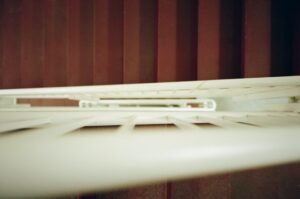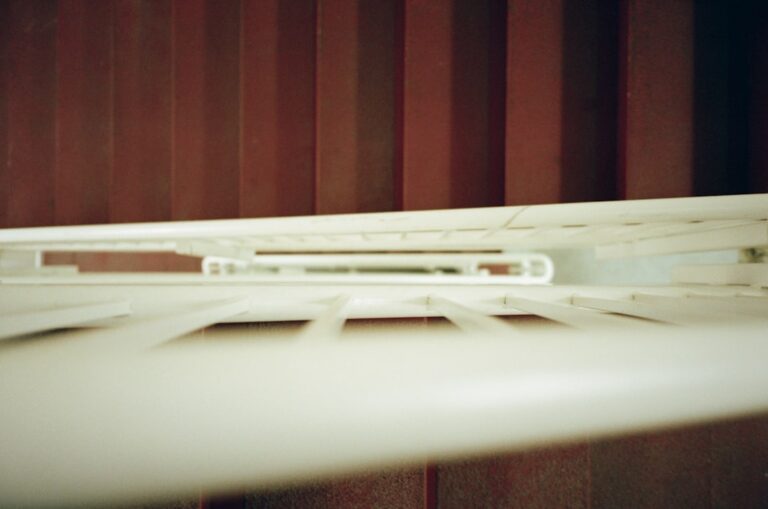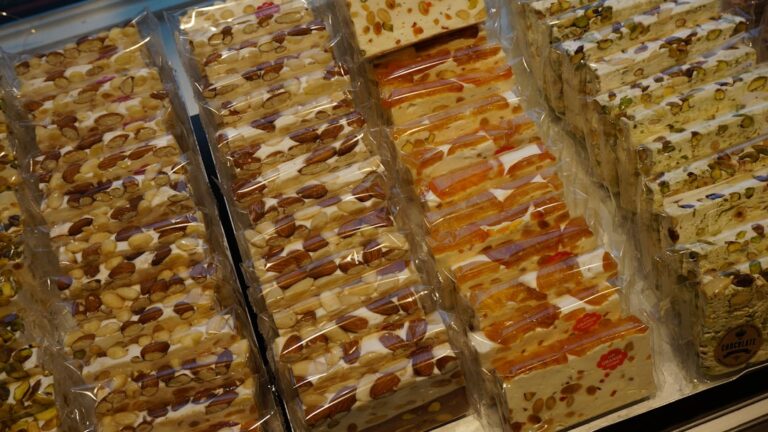Key Takeaways
- Learn about the evolution and benefits of adaptive clothing technology.
- Understand how Lycra Adaptive Fiber enhances clothing functionality.
- Discover the broader impact of adaptive clothing on fashion and everyday wear.
Table of Contents
- What is Adaptive Clothing?
- Benefits of Adaptive Clothing
- Introduction of Lycra Adaptive Fiber
- How Lycra Adaptiv Fiber Works
- Real-Life Applications of Lycra Adaptive Fiber
- The Future of Adaptive Clothing
What is Adaptive Clothing?
Adaptive clothing is a revolutionary approach in the fashion industry that focuses on making garments more accessible and functional for everyone, including people with disabilities, older adults, and individuals with specific needs. This type of clothing integrates innovative designs and technologies to provide greater comfort, ease of use, and inclusivity. For instance, adaptive clothing may incorporate features like Velcro fasteners, magnetic closures, and flexible materials such as lingerie fabric to accommodate various body shapes and mobility requirements.
The demand for adaptive clothing has increased significantly as more people recognize the need for clothing that addresses a diverse range of physical needs. Whether it’s individuals with arthritis who struggle with traditional buttons or wheelchair users who require pants that remain comfortable while seated, adaptive clothing offers practical solutions that enhance one’s quality of life. Furthermore, adaptive clothing improves comfort and boosts confidence and independence by enabling individuals to dress themselves easily.
Introduction of Lycra Adaptiv Fiber
One of the latest innovations in adaptive clothing is Lycra Adaptive Fiber, a fiber designed to make clothing more flexible and responsive to the body’s movements. This groundbreaking technology aims to offer a higher level of comfort and adaptability, allowing garments to accommodate a more excellent range of body types and sizes. Lycra Adaptive Fiber introduces a new dimension of stretch and recovery, making it ideal for various applications in adaptive clothing.
The creation of Lycra Adaptive Fiber represents a significant advancement in textile technology. By incorporating this fiber into adaptive clothing, manufacturers can create garments that move seamlessly with the wearer, providing a perfect blend of flexibility and support. This innovation improves the functionality of adaptive clothing and enhances the overall wearing experience by ensuring that garments remain comfortable and retain their shape over time.
Benefits of Adaptive Clothing
- Comfort: Adaptive clothing features soft fabrics and strategic seam placement to reduce irritation and pressure points. This ensures the wearer can feel comfortable throughout the day, even if they have to spend extended periods in one position.
- Ease of Use: Garments often have Velcro fasteners, magnetic closures, and other accessible features that make dressing more manageable for people with limited mobility. These innovative closures reduce frustration and allow individuals with dexterity challenges to dress themselves without assistance.
- Inclusivity: These clothes cater to various body types and special needs, promoting inclusivity in fashion. By providing a more comprehensive selection of sizes and accommodating different physical requirements, adaptive clothing ensures that fashionable yet practical clothing is available to everybody.
How Lycra Adaptive Fiber Works
Lycra Adaptiv Fiber leverages advanced materials science to provide garments with enhanced stretch and recovery properties. This unique fiber can adapt to a wearer’s movements and shape, providing a customized fit without compromising comfort or flexibility. The technology behind Lycra Adaptive Fiber ensures that garments made with this fiber can stretch to accommodate different body shapes and return to their original form, offering a perfect blend of durability and comfort.
The secret behind Lycra Adaptive Fiber lies in its innovative composition. The fiber is engineered to have multi-directional stretch capabilities, allowing it to respond dynamically to the wearer’s movements. Whether bending, stretching, or twisting, clothing made with Lycra Adaptiv Fiber provides consistent support and freedom of movement. Additionally, the fiber’s ability to recover its shape after stretching means that garments look new and well-fitted, even after repeated wear and washing.
Real-Life Applications of Lycra Adaptive Fiber
The integration of Lycra Adaptive Fiber into everyday clothing has numerous practical applications. For instance, it can be used in activewear to enhance performance and comfort when participating in athletic activities. Adaptive activewear offers greater freedom of movement and support, making it a preferred choice for athletes and fitness enthusiasts. Additionally, adaptive jeans, shirts, and other everyday garments benefit from this technology by offering wearers a more personalized and comfortable fit. Adaptive clothing is about functionality and style, allowing individuals to express themselves through fashion.
Beyond activewear, Lycra Adaptive Fiber can be found in other clothing items, including sleepwear, undergarments, and casual wear. For example, pajamas with this fiber provide unmatched comfort, allowing for an undisturbed night’s sleep. The adaptive nature of the fiber ensures that the sleepwear fits snugly yet comfortably, regardless of how much one tosses and turns during the night. Similarly, the undergarments also offer superior support and flexibility, making them ideal for everyday wear. This adaptability extends to casual wear, where jeans and t-shirts made with fiber perfectly balance style and comfort, fitting various body shapes and tastes.
The Future of Adaptive Clothing
As the demand for adaptive clothing continues to grow, innovations will likely play a crucial role in shaping the fashion industry’s future. The expanded use of such technologies will help make clothing more inclusive and accessible, ultimately enhancing the standard of living for millions of people globally. Future developments in adaptive clothing are expected to incorporate even more advanced materials and technologies, paving the way for more intelligent, functional garments that cater to an even wider audience.
The future of adaptive clothing is bright, with continuous advancements in fabric technology and garment design. Researchers and designers are looking at cutting-edge methods for incorporating sensor technologies, responsive materials, and intelligent textiles into adaptable apparel. These innovations aim to create garments that adapt to physical needs, monitor health indicators, and provide real-time feedback. For example, intelligent fabrics embedded with sensors could track vital signs and alert wearers or caregivers to potential health issues, offering safety and peace of mind. As adaptive clothing evolves, it promises to break down more barriers and provide solutions that enhance the daily lives of individuals with diverse needs.









